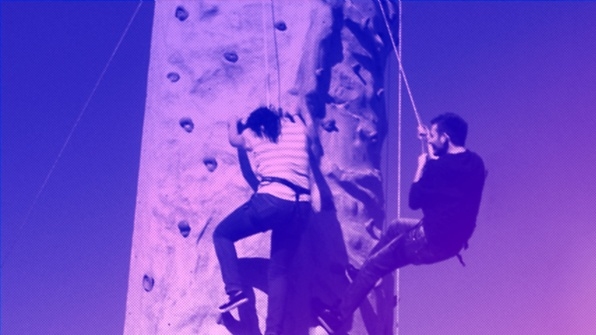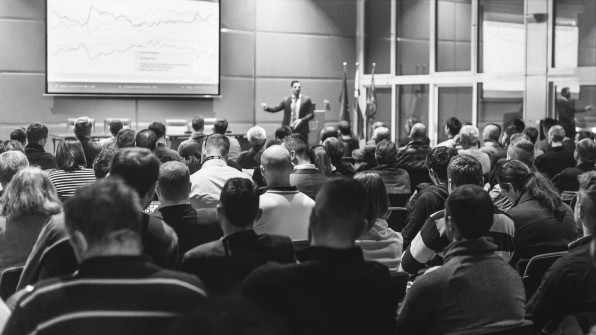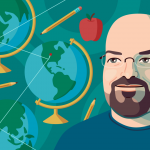From LinkedIn Mentors To Follow-Up Emails: This Week’s Top Leadership Stories
This week, we learned about a new service LinkedIn is testing to connect users with mentors, what it takes to write follow-up email that doesn’t annoy the recipient, and how to answer when a job interviewer asks, “So do you have any questions for me?”
These are the stories you loved in Leadership for the week of July 8:

1. LinkedIn Is Testing A New Feature That Matches You With A Mentor
You know that finding a mentor can help your career progress, but you probably also know how difficult it is to find a good one. After all, asking someone to be your mentor is like asking them to be an unpaid consultant who’s deeply invested in your career—no small request. So LinkedIn is aiming to solve this problem by connecting people who want mentors with people who actually want to give career advice.

2. This Is How To Write A Follow-Up Email That’s Not Annoying
When it comes to follow-up emails, it can be hard to know where the line falls between persistence and rudeness. But as much as you might hate composing (and receiving) them, some follow-ups manage to avoid making recipients immediately reach for “delete.” For starters, you can write a specific subject line with a clear call to action—and you should definitely stay away from using the “high-priority” button when it isn’t an emergency.

3. Here’s What To Say When The Interviewer Asks, “Do You Have Any Questions For Me?”
If there’s one predictable part of every job interview, it’s the end—the moment when the hiring manager asks if there’s anything you’d still like to find out. It’s easy to get stuck here, but not if you see it as an opportunity to end on a strong note by digging deeper into the work culture, or asking what it takes to succeed in the role. Here are a few other questions to keep on standby.

4. This Public Speaking Habit Is Annoying Your Audience
Watch enough TED Talks and you may begin to notice many of the speakers pacing the stage back and forth. That might look effective in wide-shot on video, and maybe it’ll even calm your nerves. But speaking coach Anett Grant explained this week that pacing can be really distracting for an audience. For one thing, she says “when you pace too much, you’ll lose out on the opportunity to punctuate what you’re saying.”

5. The Three-Step Process That’s Kept 3M Innovative For Decades
When organizations grow, it can be hard to sustain an innovative environment. More processes and structures become necessary, which can hamper out-of-the-box thinking. But sometimes all it takes is the right structure to encourage innovation over the long run. This week Matt Scholz, a corporate scientist at 3M, explained how the company’s rotating teams of “scouts,” “entrepreneurs,” and “implementors” have helped 3M “go from problem to product for decades.”
This week’s top stories explore LinkedIn’s new mentor matchmaker feature and how to craft follow-up emails that don’t get deleted.
This week, we learned about a new service LinkedIn is testing to connect users with mentors, what it takes to write follow-up email that doesn’t annoy the recipient, and how to answer when a job interviewer asks, “So do you have any questions for me?”
Fast Company , Read Full Story
(25)













